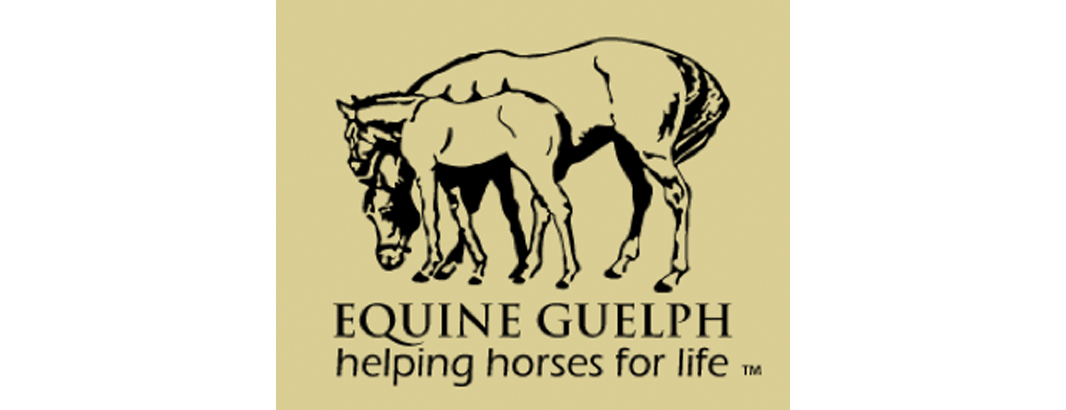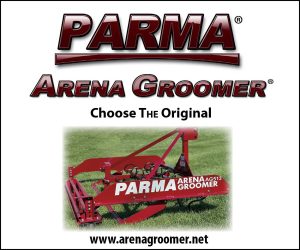With a well-planned training program
The sun is shining, birds are singing, flowers are blooming and the temptation is to launch full-on into your horse-training endeavours.
You may have kept fit throughout the winter on the ski slopes or at the gym but what about your horse? Unless you had access to an indoor arena or migrated south for a few months with your four legged friends, chances are your horse’s fitness level is not quite sufficient for competition or strenuous outings yet.
While there is no fool-proof way to avoid all circumstances that could necessitate a lameness exam, there are precautions every horse owner can take to reduce the risk of injury. As with every great fitness program, the key to success is a logical progression and controlling the factors you can control such as footing, stable management and horse health care.
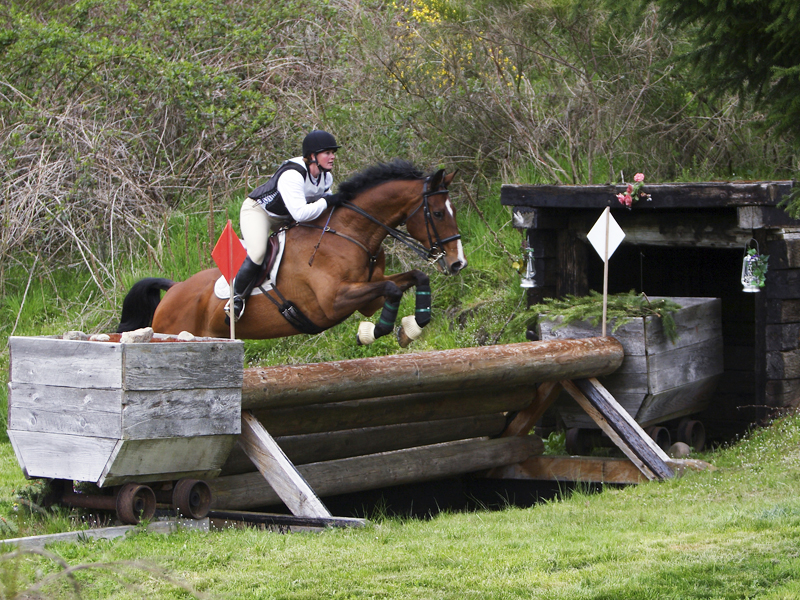 Logical Progression
Logical Progression
Many training programs have a pinnacle event in mind. In this case, a work back plan is created based on when you want the horse to be in peak fitness. The journey leading up to the main event consists of weeks and months of conditioning including a lead up with smaller events to ensure the horse is ready for the more strenuous task ahead. It only takes one month off for a horse to start losing fitness. If you are coming back from a winter of inactivity, it is wise to start slow with 20 minutes of walking and to build up from there. Increase the length of conditioning sessions first, before increasing intensity.
It is not realistic for a horse to be in peak physical condition at all times. Good fitness programs do not ask a horse for maximum exertion on an ongoing basis but allow for peaking and tapering, muscle building and down time for repair. Increasing cardiovascular fitness, strength training and flexibility in a progressive way will increase fitness and make the horse stronger and more resilient when the time comes for a maximal performance.
A horse that has been fit previously will return to fitness faster than one that has never been fit before. Each horse’s training program needs to be tailored to the individual with consideration given to: age, breed, conformation, discipline requirements and previous injuries.
One of the learning objectives in the Equine Guelph, 12-week online course, Equine Exercise Physiology, is to design and monitor a year-round training program for a horse (using training principles, structuring the workout, monthly and yearly plans). Also addressed are topics such as: base conditioning, aerobic and anaerobic exercise and recovery, monitoring of conditioning gains and prevention of health and performance problems and more.
No Footing, No Horse
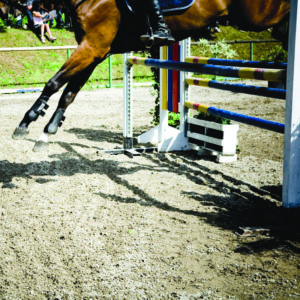 Back to that sunshine again. Oh boy, is it tempting to go ride outside now! Before you step out consider all the footing factors. If you have been lucky enough to train in an indoor ring all winter, chances are your horse has been enjoying consistent, even, well-maintained footing. The outdoor options will not be exactly the same. Even if you are simply moving to an outdoor arena, there will be changes in depth, surface material, drainage and so on.
Back to that sunshine again. Oh boy, is it tempting to go ride outside now! Before you step out consider all the footing factors. If you have been lucky enough to train in an indoor ring all winter, chances are your horse has been enjoying consistent, even, well-maintained footing. The outdoor options will not be exactly the same. Even if you are simply moving to an outdoor arena, there will be changes in depth, surface material, drainage and so on.
While riding on different surfaces can be hugely beneficial, it takes time for horses to adapt, both to the new surface and possibly to the new training intensity. Dr. Brianne Henderson explains in her archived article on legs, “Bone is always changing and responding to stress. Microdamage can occur within the bone as a consequence of repetitive strain. Overtraining causes this “microdamage” to occur at a faster rate than the body can fix and so the repair is never as strong as the original bone. A similar ‘micro-damage-repair’ cycle occurs within the tendons and ligaments.” The chance of repetitive strain injuries can be significantly reduced with judicious training and the incorporation of lighter work days and rest days.
Training in deeper footing and muddy conditions can predispose horses to soft tissue injuries such as sprains and strains. Those taking to the roads need to be aware of the impact on joints and bones, which can occur when training on harder surfaces. Training on hills is a great work out for both balance and strength training, but again logical progression of duration and intensity of workouts are all important to avoid fatigue and lameness issues.
It pays to be choosy about the footing you ride upon. Not all surfaces are a good match for all disciplines. Dr. Jeff Thomason of the Ontario Veterinary College has done intensive research studying surfaces and how the horse interacts with a variety of footing. More information on this research can be found on the Equine Guelph website in archived news article: “From the Ground Up”
Shape Shifting
Everyone knows about the importance of deworming and vaccination but no spring checklist would be complete without due diligence on the stable management aspects of dental care and saddle fitting.
A painful mouth due to sharp points can manifest as reluctance to be ridden. There are many changes constantly occurring in a horse’s mouth and having a dental exam performed by a veterinarian once or twice a year is recommended for both digestive health and to avoid setbacks in training.
The saddle fitter is another important member of your healthcare team. Horses change shape over time and at different stages of training. Ensuring proper fit is important not only for the horse’s comfort but also for correct muscular development. Several appointments throughout a year are not uncommon and the spring check up is one of the saddle fitter’s busiest times of year.
Know your Horse Health
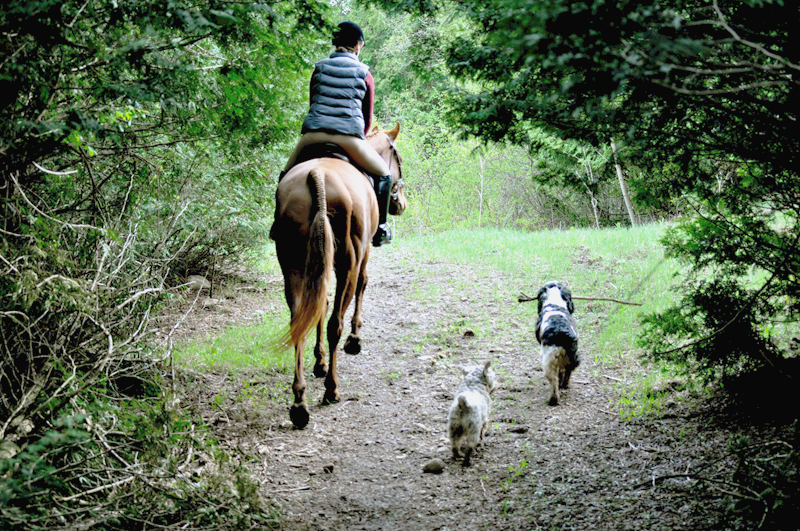 Knowing your horses’ normal heart rate, temperature and breathing rate before you begin a training program is important. “A work back plan falls into place once you have an understanding of your horses’ current fitness level and set an end goal,” says Equine Guelph’s director and former advisor for Canada’s endurance team, Gayle Ecker. A free 16-point horse health check is available with Equine Guelph’s Horse Health Tracker App as well as body condition scoring and a weight estimator. Knowing your starting point and what is normal for your horse is vital information for moving forward and monitoring your horses health through every stage of its training. Tracking how quickly vitals return to normal after exercise gives the horse owner a measurable indicator of fitness level. As a horses exercise routine ramps up, nutrition and electrolyte balance will also need to be adjusted accordingly.
Knowing your horses’ normal heart rate, temperature and breathing rate before you begin a training program is important. “A work back plan falls into place once you have an understanding of your horses’ current fitness level and set an end goal,” says Equine Guelph’s director and former advisor for Canada’s endurance team, Gayle Ecker. A free 16-point horse health check is available with Equine Guelph’s Horse Health Tracker App as well as body condition scoring and a weight estimator. Knowing your starting point and what is normal for your horse is vital information for moving forward and monitoring your horses health through every stage of its training. Tracking how quickly vitals return to normal after exercise gives the horse owner a measurable indicator of fitness level. As a horses exercise routine ramps up, nutrition and electrolyte balance will also need to be adjusted accordingly.
Early Detection
Flexibility is of course a component of any training program. No matter how well we plan, setbacks can and will occur and it is of paramount importance to detect and address any health concerns early on. Early detection and treatment generally result in a more favorable prognosis.
Archived article by Dr. Brianne Henderson, “Legs, Common Injuries, and how we can Treat Them” can be found on Equine Guelph’s news page.
 To practice your early detection skills for lameness, visit Equine Guelph’s free online healthcare tool, Lameness Lab, kindly sponsored by Zoetis.
To practice your early detection skills for lameness, visit Equine Guelph’s free online healthcare tool, Lameness Lab, kindly sponsored by Zoetis.
Lameness Lab reviews causes of lameness, goes over checklists, looks at when to call the veterinarian and what to expect in an exam. Finally, take the video challenge to see if you can spot the lame leg!
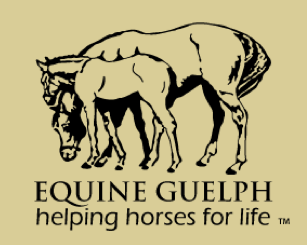
To gain a wealth of information on conditioning programs, sign up for the Equine Guelph 12-week Exercise Physiology course beginning the week of May 9.
Equine Guelph would like to wish you all the best with your horse training programs. More resources promoting horse health and welfare can be found at EquineGuelph.ca
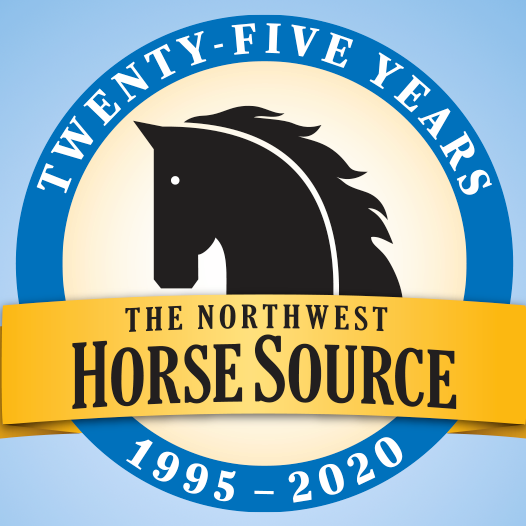
News from the horse industry. Sharing today’s information as it happens. The Northwest Horse Source is not responsible for the content of 3rd party submissions.


